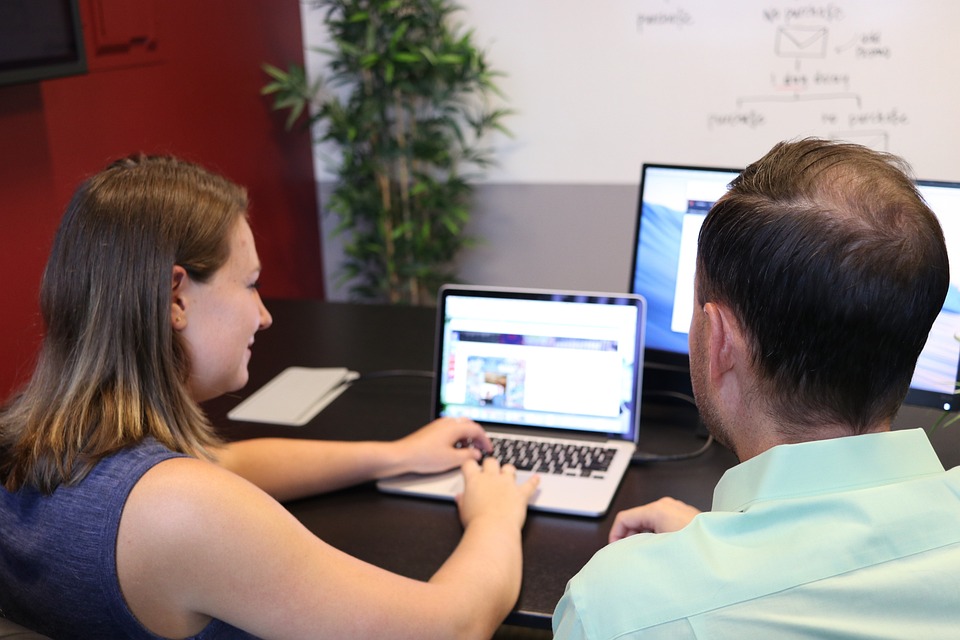Designing for accessibility is an essential part of creating web content that is usable by everyone, regardless of their ability. The inclusive web design approach is a fantastic way to ensure that your website is not only accessible but also easy to use for all users, regardless of their background or ability.
Inclusive web design is the practice of designing websites and digital media content in a way that is accessible to everyone, regardless of their disability or impairment. This approach helps to make web content more inclusive and user-friendly, allowing those with disabilities to enjoy an optimal browsing experience.
Accessibility is a critical aspect when designing for the web, as it ensures that individuals with disabilities have access to important information and services. Web accessibility can affect people with a range of disabilities, including visual, auditory, physical, and cognitive disabilities. Designing for accessibility means creating a website that is easy to use, even for individuals with disabilities.
There are a few key things to keep in mind when designing for accessibility. One crucial factor is allowing users to resize text and images without losing clarity, which is essential for people with visual disabilities. Additionally, providing audio descriptions for videos and images presents an equal opportunity for users with hearing disabilities to access content.
Another essential design aspect of the inclusive web design approach is incorporating alt text for images. Alt text is a textual description of an image that is read out by screen readers, providing a more descriptive experience for users who may not be able to view the image.
The inclusive web design approach also focuses on aspects such as color contrast, keyboard accessibility, and clear navigation throughout the website. By considering the challenges of users with disabilities, it is possible to create an enjoyable browsing experience for everybody, regardless of their abilities.
In conclusion, designing for accessibility should be at the forefront of every website creation process. The inclusive web design approach ensures that every individual has access to the same content, no matter their ability. By making simple adjustments to website design and user interface practices, web content can be inclusive, accessible, and user-friendly for all.




